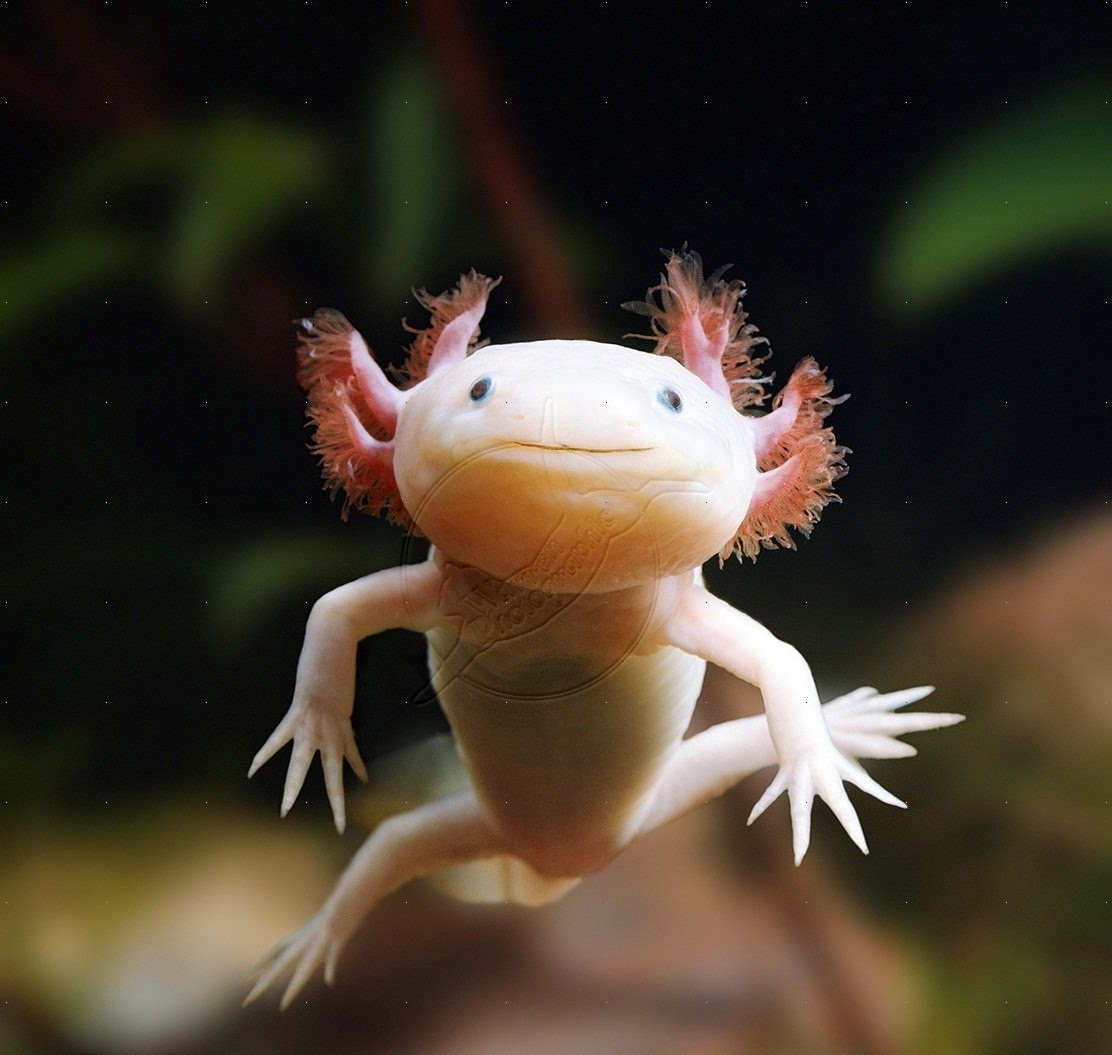Axolotl pets have gained immense popularity among aquatic enthusiasts and casual pet owners alike. These fascinating creatures are not only adorable but also come with a unique set of characteristics that make them appealing as pets. In this article, we will dive deep into the world of axolotls, exploring their biology, care needs, and the reasons why they make such great pets.
Originating from the ancient lakes of Mexico, axolotls are a type of salamander that remain in their larval form throughout their lives, a phenomenon known as neoteny. They are known for their striking appearance, featuring frilly external gills and a wide smile, which adds to their charm. As we explore the ins and outs of caring for an axolotl, you'll discover why these creatures are not just pets but also fascinating companions.
Whether you are a seasoned aquarium enthusiast or a first-time pet owner, understanding the needs and behaviors of axolotls is essential to ensure their health and well-being. In this article, we will cover everything from their habitat requirements to their diet, ensuring you have all the information you need to welcome an axolotl into your home.
Table of Contents
- 1. What is an Axolotl?
- 2. The Biology of Axolotls
- 2.1 Unique Characteristics
- 3. Creating the Perfect Habitat
- 3.1 Tank Requirements
- 4. Feeding Your Axolotl
- 5. Health and Common Issues
- 6. The Axolotl as a Pet
- 7. Conservation and Ethical Considerations
- 8. Conclusion
- A minimum tank size of 20 gallons for one axolotl.
- Use a solid substrate like sand or smooth gravel to prevent ingestion.
- Include hiding spots such as caves or plants to provide security.
- Worms (earthworms and bloodworms)
- Pellets specifically designed for axolotls
- Small fish or shrimp (ensure they are appropriately sized)
- Infections (bacterial or fungal)
- Skin shedding issues
- Swim bladder disorders
1. What is an Axolotl?
Axolotls (Ambystoma mexicanum), often referred to as Mexican walking fish, are a type of neotenic salamander. Unlike other amphibians that undergo metamorphosis, axolotls retain their larval features throughout their lives, which include a pair of external gills and a fin that runs along their back. These creatures are predominantly found in the lakes of Xochimilco, near Mexico City, where they face threats from habitat loss and pollution.
2. The Biology of Axolotls
2.1 Unique Characteristics
Axolotls are known for their remarkable regenerative abilities. They can regenerate limbs, tail, and even parts of their heart and brain. This unique feature makes them a subject of scientific research and intrigue. They typically come in several color variations, including wild-type, leucistic (white with pink tones), golden albino, and melanoid (dark pigmentation).
2.2 Lifespan and Growth
In captivity, axolotls can live up to 10-15 years, provided they receive proper care. They generally reach sexual maturity at around 6 months of age. Growth rates can vary, but on average, they can grow to about 9-12 inches in length.
3. Creating the Perfect Habitat
Setting up a suitable habitat for your axolotl is crucial for their health and happiness. Here are some key considerations:
3.1 Tank Requirements
3.2 Water Conditions
Axolotls thrive in cool water temperatures ranging from 60-68°F (15-20°C). Regular water changes and a good filtration system are essential to maintain water quality. It is important to monitor pH levels, keeping them between 6.5 and 7.5.
4. Feeding Your Axolotl
Axolotls are carnivorous and require a diet rich in protein. Common food options include:
Feeding should occur every 1-2 days, and be sure to remove any uneaten food to maintain water quality.
5. Health and Common Issues
Axolotls are generally hardy but can be susceptible to certain health issues. Common problems include:
Regular observation and maintaining optimal water conditions are key to preventing health problems.
6. The Axolotl as a Pet
Choosing an axolotl as a pet can be a rewarding experience. They are relatively low-maintenance, require minimal interaction, and can be quite entertaining to watch. However, they are not suitable for young children, as they can be delicate and easily stressed.
7. Conservation and Ethical Considerations
Axolotls are classified as critically endangered in the wild due to habitat destruction and pollution. When considering an axolotl as a pet, it is essential to source them from reputable breeders who prioritize conservation efforts.
8. Conclusion
Axolotls make unique and fascinating pets that can bring joy and intrigue to your home. By understanding their needs and providing proper care, you can enjoy a long and healthy companionship with these charming aquatic creatures. If you have any questions or experiences to share, feel free to leave a comment below. Don’t forget to share this article with fellow pet enthusiasts!
We hope you found this guide helpful and informative. For more articles on pet care and unique pets, be sure to check out our other content!
SZA Fortnite: The Impact Of Music And Gaming Culture
Exploring The Fascination Around Sssniperwolf: A Deep Dive Into Her Life And Impact
Brandon Howard: The Journey Of A Rising Star In Music


